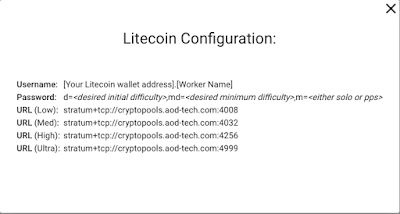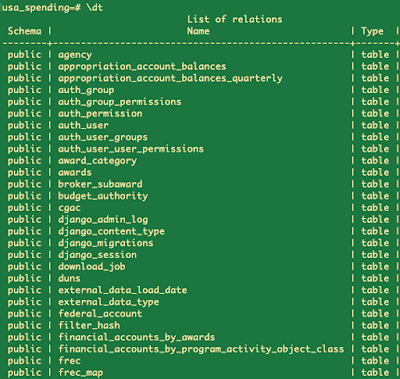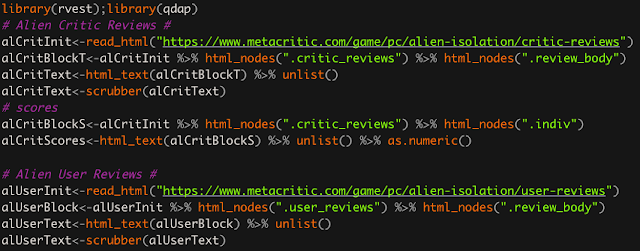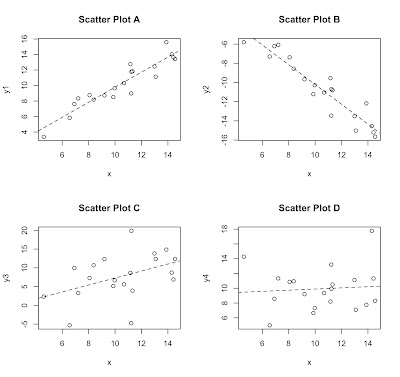Mine Cryptocurrency with your Raspberry Pi!

A year or so ago I got a Raspberry Pi for the purpose of building an emulation station, which works wonderfully. As time has gone on, I've wondered if there isn't more I could be doing with my Raspberry Pi as it is capable of much more than nostalgic gaming. At the same time, I've become more of a crypto enthusiast as the advent of blockchain technology continues to revolutionize the way people can improve and simplify financial transactions, among other aspects of the computing industry. My intention isn't to provide a plug for blockchain tech, rather describe a way to combine two interests. Before I get into how to get your raspberry pi to mine cryptocurrency, let's first be honest about the profitability of such an endeavor. Many mining algorithms are very complex and take a lot of computational power, not to mention, the cost of powering such a system. For this reason, people have to build mining farms to make such an endeavor profitable. Whereas, raspberry ...





